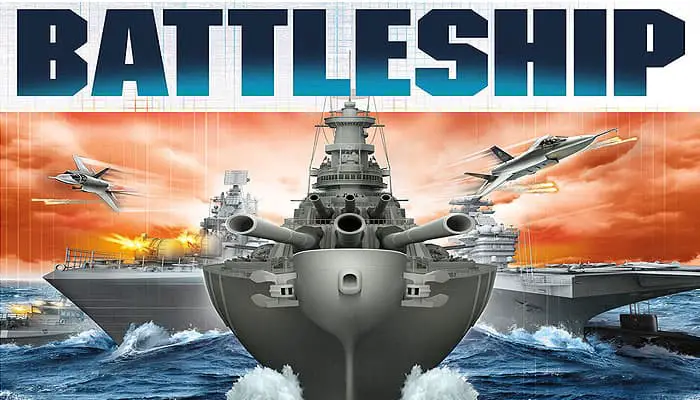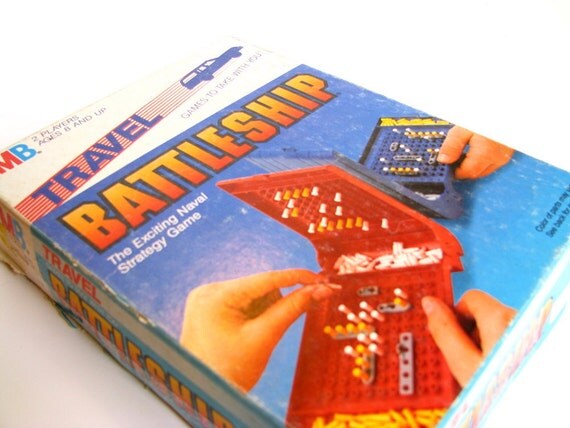

The submarines are more or less static, initially hidden until they have to leave for port. On the mini-maps the ships and fleets must sail according pre plotted lines to attack or protect convoys. map based on the U-boat map the Germans used in WWII. In International Teams (Italy) Supermarina (1981) there are mini maps of a huge Med.
1980 BATTLESHIPS GAMES PROFESSIONAL
In all hidden (called also "double blind") game board games like Avalon Hills first Midway, Bismarck and later also the more professional Smithsonian Series of Avalon Hill: Midway and Guadalcanal: planes, ships or random calling off spaces are searching for the enemy and therefore you also betray your own position. Yes that was an irritating aspect of Bismarck (AH). Yamato was a 6-9-5 and Iowa a 5-9-7 with a bonus for the 5 (5&6 hit instead of only a 6). Some factors on some ships are stil puzzling me like the 1-2-8 /3A for the Soryu and ONLY a 1-1-8/3A for the Hiryu, where Hiryu was the better built ship of these 2. I played VITP for dozens of times and I still find it a HUGE game. Later AH released a product to join both games and supply the missing capital ships (of Italy, France etc including new counters for WAS. All other ships did hit at only 6, with a 5 crippling a ship and sending it home.įor the Pacific there were a host of naval games, most popular of all time: Victory in the Pacific: a more advanced War at Sea system. Here all Germans capital ships hit at 5 & 6 (6 sided die) IF undamaged. Each hit dimishes the sinkability with 1, speed with 1 aso. The winner of the battle then can pursue the disengaging ships with ships with equal or higher speed. Ships must fight ONE round of combat and can disengage in a next round. There were 2 Russian ships in leningrad (Marat) with a 3-3-3.įirst factor = number of attack dies, second factor = sinkablity in hits third factor = speed. Yes what about these factors? There were also carriers, German subsAllied convoys and 2 airforce counters. The Richelieu was later added as a 4-7-7. Heavy cruisers were 1-1-7's with Admiral Hipper class a 1-2-7 and Deutschland class a 2-2-5. The sinkabality of the Bismarck (4*-9-6) was a "9" compared to a "5" of Scharnhorst and 5 of PoW (4-5-6) and Rodney (5-5-3). If a side had domination in an area the next turn enemy ships had to stop there. This was a AREA board game with each side trying to win in 7 areas to score VP's.

So advice every one to go the EBAY and buy a Bismarck game.īismarck also played a crucial role in another boardgame of avalon Hill: War at Sea (ultimate popular and RARE). Irronically Scharnhorst was mortally hit on this longer distance!!! Reason also that DoY was willing to close the distance. So bought some "Generals" and could read that Scharnhorst could only hope to penetrate the armour of DoY at distances > 28.000 yards!!! If Bey had known this, he would perhaps saved his ammo. In those days there was no Internet (only books) and I tried to write letters to Avalon Hill for questions. I played it 2 times and it WAS thrilling!!! The Allies tried to close in and Bismarck was not particular stronger than the British battleships. Can not remember other Luftwaffe units (KG26, KG30 and KG40).

There were only 2 long distance Condor units in the game. Bismarck could go for Bergen, Trondheim, El Ferrol and Brest, St. The tactical part could also been played on the table using the counters in the Jutland way.

In 1980 I bought " Bismarck" from Avalon Hill, supposed it was also the 2nd edition, with 2 strategic search boards and 1 big tactical board. It was a nice game of Avalon Hill, with very high quality components, well written rules. I once had a Jutland game (2nd version, bought in 1974).


 0 kommentar(er)
0 kommentar(er)
